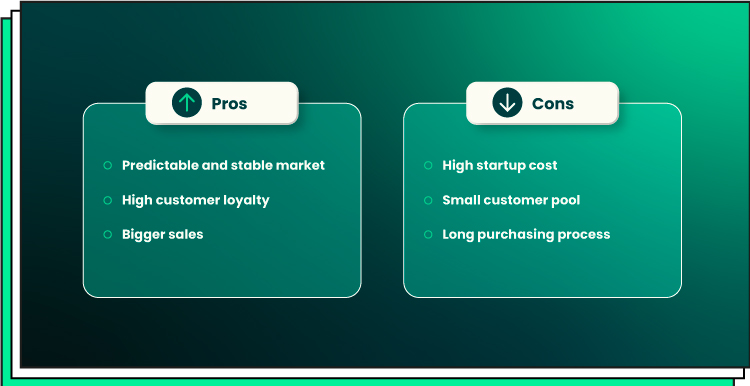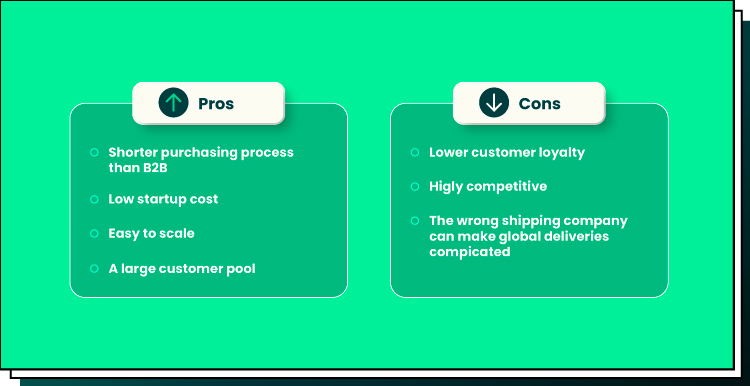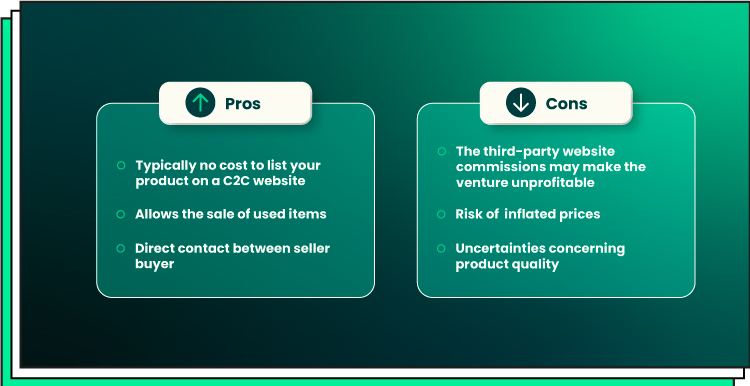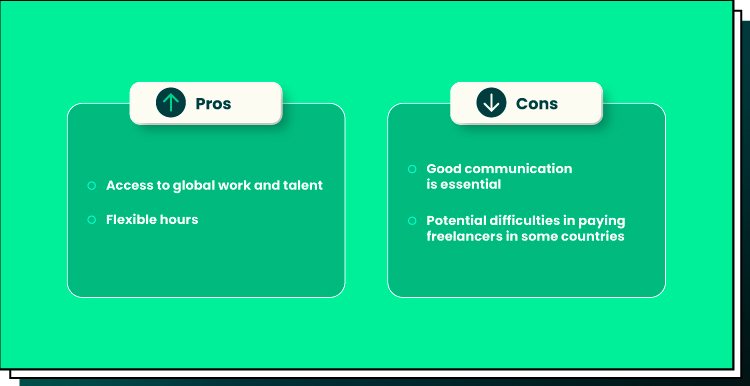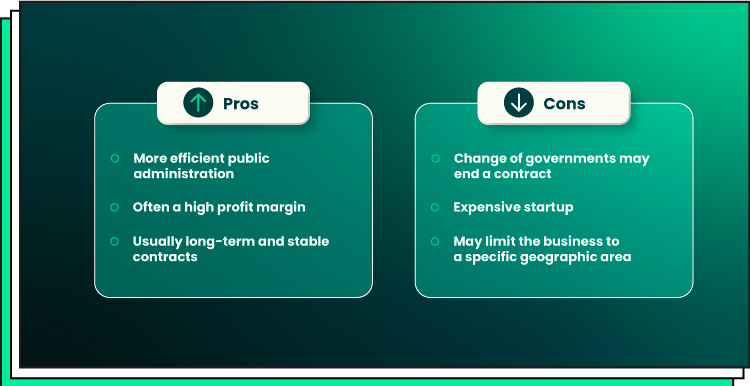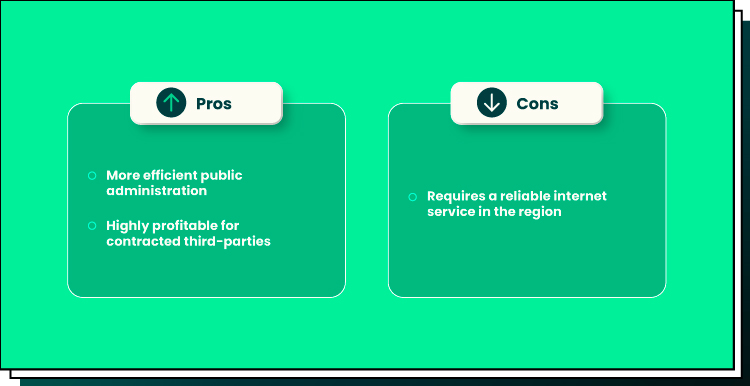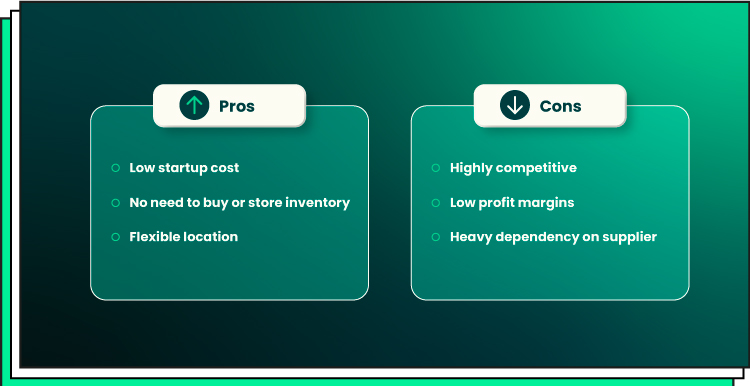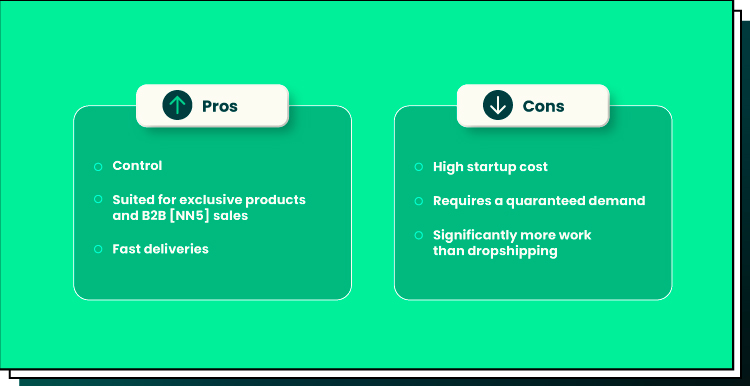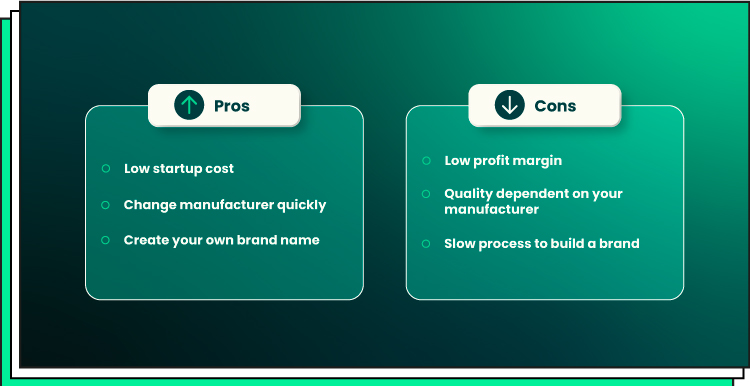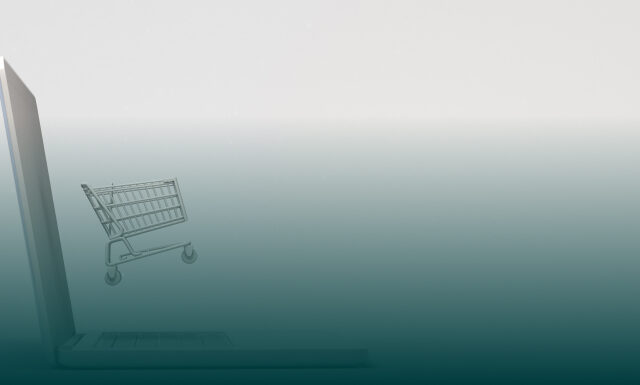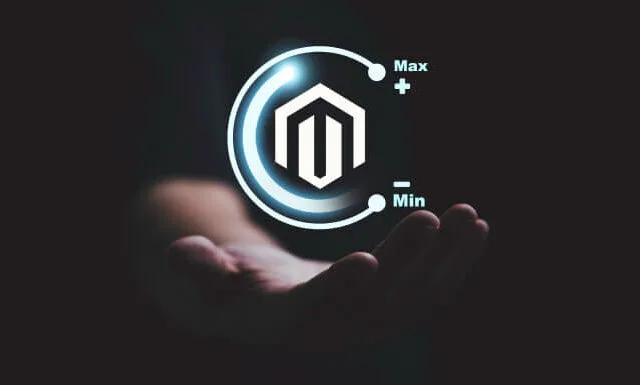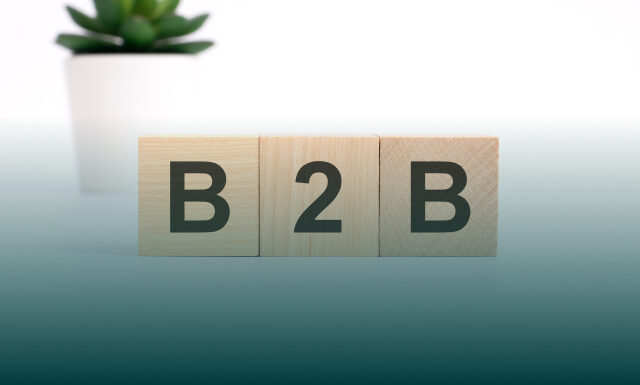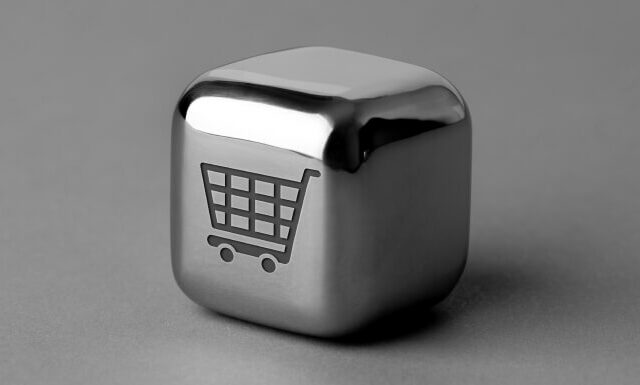If you are excited to join the eCommerce market, then you are not alone: it is as competitive as it is profitable. Nevertheless, with the right product and the right business and revenue models, you can turn your idea into a success story.
What is eCommerce?
The simplest definition of eCommerce is that it is the act of buying or selling products or services online. There are several different types of eCommerce business models that involve two of the following: consumers, businesses, and governments.
A brief history of eCommerce
You would be forgiven for assuming that eCommerce was not a thing before the 90s, but eCommerce was in fact conceived twenty years earlier. In the early 70s, the first online sale took place, but the first proper eCommerce system had to wait until 1979 when Michael Aldrich demonstrated the first pilot version.
eCommerce was primarily a business-to-business (B2B) venture until the mid-90s. It was not until personal computers and the Internet became widespread that any large-scale eCommerce involving individual consumers became financially viable. Here, convenience was the key to success.
Is e-commerce profitable? Let’s check it. “66% of shoppers say they prefer online shopping to find items they’re looking for,” the Google study says, making convenience a more important factor than even the price tag. Customers are ready to pay more for the convenience they get. And this is what makes ecommerce so profitable and attractive.
eCommerce business models
As technology has improved and spread so too has eCommerce in its many forms. Let’s see what they are.
B2B
Business-to-business involves one business selling its product or services to another. These eCommerce businesses are primarily service providers, such as software companies, but they can also provide products such as electronic devices or office furniture. Indeed, complex products such as motorcycles will require multiple pieces produced by different companies before they are put together and sold to the end user.
Startup costs for B2B can be high, but the market tends to be predictable and stable. It significantly reduces the risks involved. Unfortunately, this goes hand in hand with a limited customer pool. Additionally, decisions are not made by single individuals and the purchasing process can take it long because B2B usually involves large figures. Here is some good news: you can take comfort in the fact that once you have won a company over, customer loyalty tends to be high.
B2C
Business-to-consumer has become the most common business model. It follows the traditional retail model where businesses sell their products directly to their end-user. B2C can provide services that range from purely digital, such as PayPal and Telic Minds, to ordering physical products, such as Gymgrossisten or Amazon.
B2C involves smaller sums than B2B, both in terms of startup and individual sales. The purchasing process is shorter and purchasing decisions are frequently made based on emotion, allowing for spontaneous purchases. The downside of this is that customer loyalty is low. People frequently buy one product and never return it, even if they are satisfied with the purchase.
C2C
The consumer-to-consumer business model means that individuals are selling directly to each other, usually through a third-party website. These sites often charge a small commission for facilitating the exchange. Well-known C2C eCommerce examples include eBay and Craigslist. C2C businesses frequently also operate as B2C.
In the C2C model, the sale of used items is flourishing, which certainly is good for the environment, but this involves a great deal of uncertainty concerning product quality and often no option for a refund. Should the third-party website charge too steep a commission it will also eat into the seller’s profit margin.
C2B
Consumer-to-business includes photographers selling their photos to stock-image websites and bloggers featuring a company’s products in exchange for a fee. It can also function as a reverse auction, where the customer, often via a third-party website such as Offerta, names the service that they wish to buy and lets businesses bid for the opportunity to provide it.
While there is an inherent insecurity in freelancing, it also comes with flexible hours and access to global job opportunities. This model requires better communication skills than most in order to ensure that everything runs smoothly.
B2G
Business-to-government is a variant of the B2B model, but these businesses usually have only long-term contracts with the government or public administration. The services offered may include providing a secure website where the public can submit application forms to the government or designing databases for government offices.
C2G
The consumer-to-government eCommerce business model is where the public interacts with the government online. C2G includes official informational websites and electronic tax filing portals.
G2C and G2B
Government-to-consumer is when a government provides non-commercial services through official websites, ranging from applying for a passport to paying late library fees. Government-to-business is much the same as G2C, except it involves businesses rather than individual consumers.
eCommerce Revenue Models
We’ve examined ecommerce business models that are differentiated based on the interaction type between parties. Now, let’s consider the ecommerce business from a different perspective, from the perspective of your profit.
Which type of revenue model is right for you? The best revenue model for e-commerce depends on the product, the demand, and the startup costs involved. Choosing the right business revenue model can make or break your company. Here are some of the revenue models to consider:
Dropshipping
Dropshipping per definition is a three-step process:
1. The customer orders the product from the vendor
2. The vendor sells the order to the supplier
3. The supplier delivers the product to the customer
As a vendor, you are only responsible for the storefront and the money transactions – the rest is up to your supplier.
Getting the best out of dropshipping
This model for generating ecommerce revenue will save you a lot of time and money because you don’t have to manage inventories, warehouses, or packaging. This is a perfect choice for smaller companies. It will also allow you to scale your business while keeping costs low, which makes it popular even with big brands.
“33% of eCommerce retailers used dropshipping in 2018.”
While dropshipping is perfectly legal, you need to be aware of the fact that you can be held accountable if your supplier is not running a legitimate operation. As a storefront, any backlash from poor-quality products or late delivery times will impact your brand. Therefore, you must do your due diligence on suppliers and make sure you provide good customer support, should anything go wrong.
Novelty t-shirts and marketing merchandise are among the most common dropshipping products. This model is also an attractive option when selling large or heavy products as it allows you to cut down on storage and shipping costs. Dealing with fragile products, or other items that require special care, maybe best left to your supplier.
Wholesaling and warehousing
A wholesaler is defined as a company buying a product in bulk at discounted rates. Products are stored in warehouses and resold to retailers. This model requires you to stay on top of customer orders while also managing inventory, stock, and packaging.
Why choose wholesaling?
Wholesalers have control over the entire business process. Wholesaling is among the e-commerce revenue models that make it easier to ensure a high-quality standard while also enabling faster deliveries. However, investing in a warehouse space and stocking it with your product can be a costly affair, especially if you overestimate the demand.
The best of both worlds
Wholesaling and dropshipping can be combined to provide a better service and generate bigger ecommerce profits. Should you as a wholesaler have a sudden influx of orders that you cannot fulfill, you can complement with dropshipping until you are ready to expand.
On the other hand, the main advantage of dropshipping is that it keeps prices down for all parties, but it frequently involves longer delivery times. By keeping a small stock easily available, you can shorten these delivery times for customers willing to pay premium prices.
Private labeling
This is also one of the ecommerce revenue models. With the private label model, you outsource the manufacturing of your original product, saving you the cost of building and manning your own factory. This requires you to provide the manufacturer with a plan or a prototype and startup costs are typically low. Companies such as Walmart and Target frequently have store brands – private label products sold only at their stores.
Setting up your own private label
Private label products are typically new takes on existing products, be it food or furniture, which means that your best hope of being competitive is not just a better design but a better price. This means that you will have a low-profit margin, especially in the beginning, and it can be a long process before you start to enjoy real success.
The best private-label products for a new business are small, light, and uncomplicated items. These are easier to ship and produce, which reduces the risk of complications. It is best to avoid seasonal products. Your costs are, after all, unlikely to be limited to the narrow period of time these items sell.
If you choose this ecommerce revenue model, you need to take the time and find the right manufacturer. If you are dissatisfied with the results, this model allows you to quickly change suppliers. However, bad reviews at an early stage can be detrimental to your business.
White labeling
White labeling is when a manufacturer mass-produces a generic product. You and others then buy this product in bulk and repackage it as your own brand before selling it. This practice is common in some niche markets, such as electronics and beauty products.
The importance of your label
Buying an existing product and rebranding it is easier and cheaper than reinventing the wheel. However, because white labeling relies on brand recognition to sell a product, this model is best suited for established brands. Additionally, most suppliers have a minimum order quantity, this type of e-commerce revenue model requires you to buy and store a large amount of the product. This means that, just like with wholesale, it is important to do your homework to accurately determine demand before you invest in this revenue model.
Subscription
A subscription revenue model is when your customer signs up for a regularly scheduled delivery of products. Successful eCommerce subscription services range from purely digital, such as Netflix, to subscription boxes delivered to your home, provided by companies like Dollar Shave Club.
Creating the best subscription service
While the subscription model yields a relatively reliable income stream, it is vulnerable to high customer churn rates. Customer churn is when existing customers stop doing business with you, by canceling their subscriptions, closing their accounts, or otherwise.
Customers often opt out at an early stage, which suggests that people are willing to try a free or heavily discounted trial, but they often don’t find the product appealing enough. By offering your customers a desirable product and a personalized experience you increase the chance of converting them into loyal customers.
Since customer churn can turn this type of model into a costly affair, you need to consider your target audience before you decide on this business revenue model. eCommerce subscribers tend to be younger urbanites with money, and the most successful markets are services that involve grooming, beauty, and food.
The future of eCommerce
What the future of retail will look like? eCommerce is growing, and very fast. B2C is huge but it is dwarfed by B2B, which is expected to be twice that of B2C by 2020. By 2022 global digital sales are expected to reach $5.8 trillion and B2B eCommerce is expected to account for 17% of all US B2B sales come 2023. However, it is also true that eCommerce in the West is not growing as rapidly as it once did.
Once the US had the largest share of the eCommerce market, but today China is king. The Asia Pacific region is projected to have a greater eCommerce retail market than the rest of the world combined by 2023, to say nothing of the B2B eCommerce market. However, there are many hurdles to breaking into the Chinese market, the Great Firewall, not the least among them, and many will be better off just changing tactics in the West.
Since B2B involves a long research process its foreseeable future will be determined by millennials. While they are still a minority among C-suites they nevertheless have a significant influence on B2B sales. A study from 2014 found that 81% of non-C-suite employees influence purchase decisions and nearly half of all B2B researchers are millennials, and that number has only increased since. What’s more, these digital natives expect a website to be informative and convenient.
“Almost 60% would stop doing business with a B2B vendor based solely on a mobile experience that’s difficult to use.”
That alone should be enough to make you want to give your website a critical once-over.
If you want to get started with eCommerce website development and need an experienced outsourcing partner to help you, do get in touch! Forbytes have experienced developers ready to turn your idea into another of our success stories.

Our Engineers
Can Help
Are you ready to discover all benefits of running a business in the digital era?

Our Engineers
Can Help
Are you ready to discover all benefits of running a business in the digital era?


